When it comes to equipping your kitchen with the essential tools and utensils, plastic kitchen bowls are a versatile and indispensable item that no household should be without. These lightweight and durable bowls are a staple in any kitchen, offering a wide range of uses for cooking, baking, storing, and serving food. From mixing ingredients to serving salads, plastic kitchen bowls are a practical and convenient choice for any home cook. In this comprehensive guide, we will explore everything you need to know about plastic kitchen bowls, including their benefits, different types, how to choose the right ones for your needs, and tips for taking care of them to ensure longevity and performance.

.
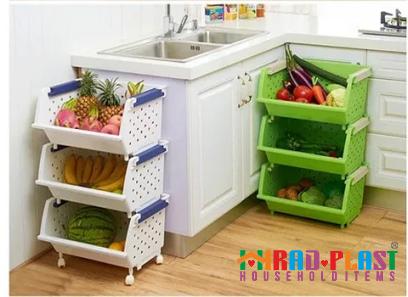 Choosing the Right Plastic Kitchen Bowls When selecting plastic kitchen bowls for your home, there are several factors to consider to ensure that you choose the right ones for your needs. Here are some tips for choosing the best plastic kitchen bowls: 1. Size: Consider the size of the bowls you need based on the types of recipes you typically prepare and the quantity of food you will be working with. Opt for a set of nesting bowls in various sizes to accommodate different tasks. 2. Material: Look for plastic kitchen bowls made from high-quality, food-grade plastic that is BPA-free and safe for use with food. Avoid bowls that are flimsy or easily stained, as they may not withstand heavy use or dishwasher cleaning. 3. Design: Choose bowls with features that suit your cooking style, such as non-slip bases, pouring spouts, or measuring markings. Consider whether you prefer bowls with lids for food storage or bowls with handles for easy carrying.
Choosing the Right Plastic Kitchen Bowls When selecting plastic kitchen bowls for your home, there are several factors to consider to ensure that you choose the right ones for your needs. Here are some tips for choosing the best plastic kitchen bowls: 1. Size: Consider the size of the bowls you need based on the types of recipes you typically prepare and the quantity of food you will be working with. Opt for a set of nesting bowls in various sizes to accommodate different tasks. 2. Material: Look for plastic kitchen bowls made from high-quality, food-grade plastic that is BPA-free and safe for use with food. Avoid bowls that are flimsy or easily stained, as they may not withstand heavy use or dishwasher cleaning. 3. Design: Choose bowls with features that suit your cooking style, such as non-slip bases, pouring spouts, or measuring markings. Consider whether you prefer bowls with lids for food storage or bowls with handles for easy carrying.
..
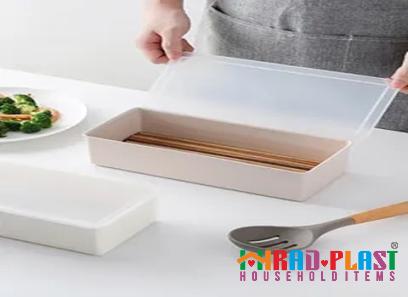 Caring for Plastic Kitchen Bowls To prolong the lifespan and performance of your plastic kitchen bowls, it’s essential to take proper care of them and follow these maintenance tips: 1. Hand wash or use the dishwasher: Most plastic kitchen bowls are dishwasher safe, but hand washing with warm, soapy water is gentler and can help preserve their appearance and longevity. Avoid using abrasive scrubbers or harsh cleaning agents that can scratch or damage the bowls. 2. Avoid using in the microwave: While many plastic kitchen bowls are microwave-safe, avoid heating them at high temperatures or for extended periods to prevent warping or melting. Check the manufacturer’s instructions for recommended microwave use. 3. Store with care: Avoid stacking heavy items on top of plastic kitchen bowls during storage, as this can cause them to deform or crack. Instead, nest bowls together or store them upright to prevent damage. 4. Check for wear and tear: Inspect your plastic kitchen bowls regularly for signs of wear, such as cracks, discoloration, or odors. Replace any bowls that show these signs of damage to ensure food safety and hygiene. 5. Use as intended: Follow the manufacturer’s guidelines for using plastic kitchen bowls, such as maximum temperature limits, recommended cleaning methods, and intended usages. Using the bowls as intended can help maintain their quality and performance over time.
Caring for Plastic Kitchen Bowls To prolong the lifespan and performance of your plastic kitchen bowls, it’s essential to take proper care of them and follow these maintenance tips: 1. Hand wash or use the dishwasher: Most plastic kitchen bowls are dishwasher safe, but hand washing with warm, soapy water is gentler and can help preserve their appearance and longevity. Avoid using abrasive scrubbers or harsh cleaning agents that can scratch or damage the bowls. 2. Avoid using in the microwave: While many plastic kitchen bowls are microwave-safe, avoid heating them at high temperatures or for extended periods to prevent warping or melting. Check the manufacturer’s instructions for recommended microwave use. 3. Store with care: Avoid stacking heavy items on top of plastic kitchen bowls during storage, as this can cause them to deform or crack. Instead, nest bowls together or store them upright to prevent damage. 4. Check for wear and tear: Inspect your plastic kitchen bowls regularly for signs of wear, such as cracks, discoloration, or odors. Replace any bowls that show these signs of damage to ensure food safety and hygiene. 5. Use as intended: Follow the manufacturer’s guidelines for using plastic kitchen bowls, such as maximum temperature limits, recommended cleaning methods, and intended usages. Using the bowls as intended can help maintain their quality and performance over time.
…
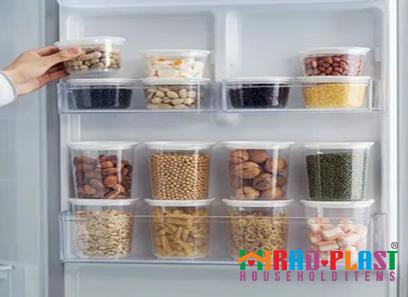 In conclusion, plastic kitchen bowls are a versatile, practical, and indispensable tool for any home cook looking to elevate their culinary skills and streamline their kitchen workflow. With their lightweight design, durability, versatility, and affordability, plastic kitchen bowls offer a range of benefits that can enhance your cooking experience and make meal preparation more efficient and enjoyable. By incorporating plastic kitchen bowls into your kitchen routine, you can take your culinary skills from zero to one hundred and unlock a world of possibilities for creativity and convenience in the comfort of your home.
In conclusion, plastic kitchen bowls are a versatile, practical, and indispensable tool for any home cook looking to elevate their culinary skills and streamline their kitchen workflow. With their lightweight design, durability, versatility, and affordability, plastic kitchen bowls offer a range of benefits that can enhance your cooking experience and make meal preparation more efficient and enjoyable. By incorporating plastic kitchen bowls into your kitchen routine, you can take your culinary skills from zero to one hundred and unlock a world of possibilities for creativity and convenience in the comfort of your home.
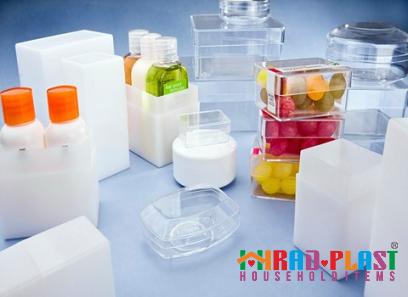

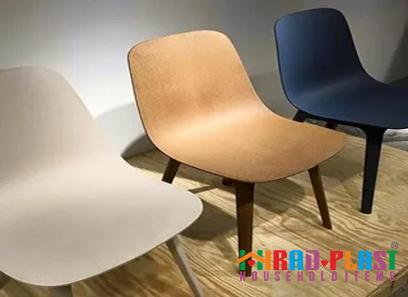
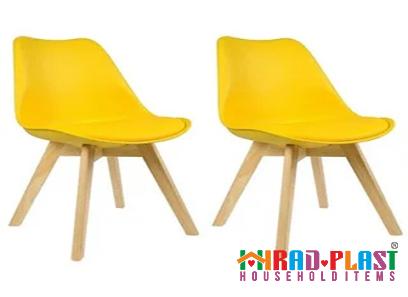
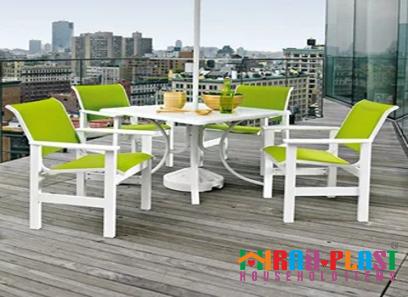
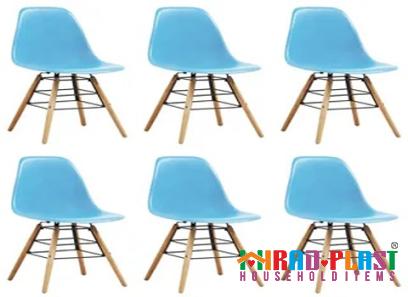

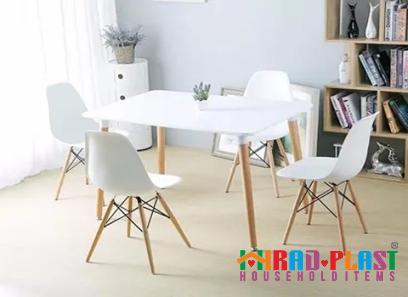

Your comment submitted.